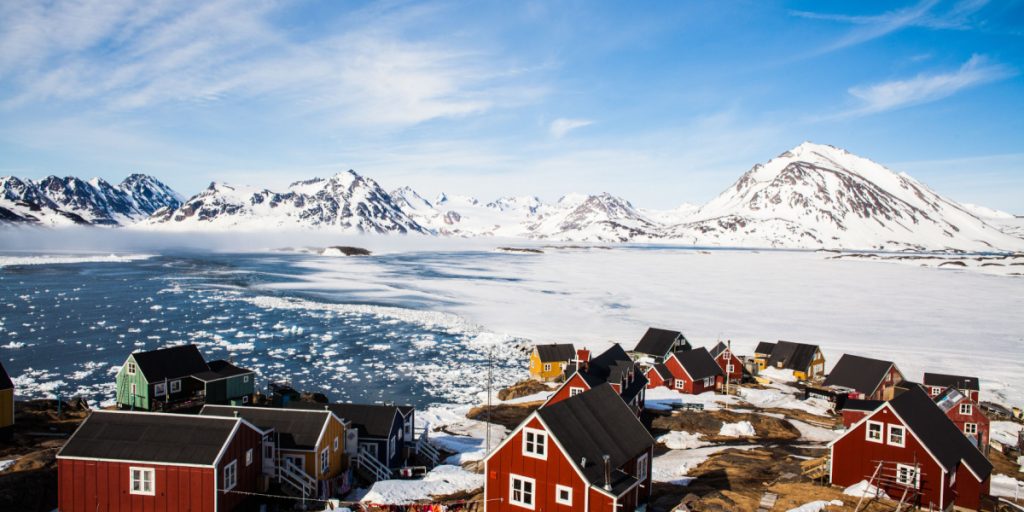Greenland is getting greener. That could have huge consequences for the world
Others are reading now
Over the last thirty years, Greenland has undergone a dramatic transformation, losing an area of ice equivalent to 36 times the size of New York City. This change is leading to an increase in wetlands and shrubs, according to a study released on Tuesday.
The study reveals a doubling of vegetation in Greenland from the mid-1980s to the mid-2010s, with former ice and snow regions evolving into barren landscapes, wetlands, or shrubby areas. The expansion of wetlands alone quadrupled during that time.
Researchers, using satellite imagery, discovered that Greenland had lost 28,707 square kilometers (about 11,000 square miles) of ice over three decades.
They caution about a cascade of impacts that could severely affect climate change and contribute to rising sea levels.
Also read
It turns out, as the air gets warmer, so does the land, melting the permafrost underneath.
This isn’t just bad news because it releases greenhouse gases like carbon dioxide and methane; it also causes land instability, posing risks to buildings and roads.
“We have seen signs that the loss of ice is triggering other reactions which will result in further loss of ice and further ‘greening’ of Greenland, where shrinking ice exposes bare rock that is then colonized by tundra and eventually shrub,” shared Jonathan Carrivick, one of the study’s authors. “At the same time, water released from the melting ice is moving sediment and silt, and that eventually forms wetlands and fenlands.”
This sets off a feedback loop, where less snow and ice mean more solar energy gets absorbed instead of reflected back into space. This heats up the land even more, leading to even more ice melt and other harmful effects.
As the ice melts, lakes get fuller and warmer since water holds more heat than snow, further heating the land.
Greenland has been warming up twice as fast as the rest of the world since the 1970s, and experts believe this trend of extreme temperatures isn’t going to stop.
With around 57,000 people living there, many of them indigenous, Greenlanders rely heavily on their natural surroundings.
Michael Grimes, the lead author of the study, pointed out that the flow of sediments and nutrients into coastal waters is particularly troubling, especially for those who fish and hunt for a living.
“These changes are critical, particularly for the indigenous populations whose traditional subsistence hunting practices rely on the stability of these delicate ecosystems,” he stressed.
“Moreover, the loss of ice mass in Greenland is a substantial contributor to global sea level rise, a trend that poses significant challenges both now and in the future.”


